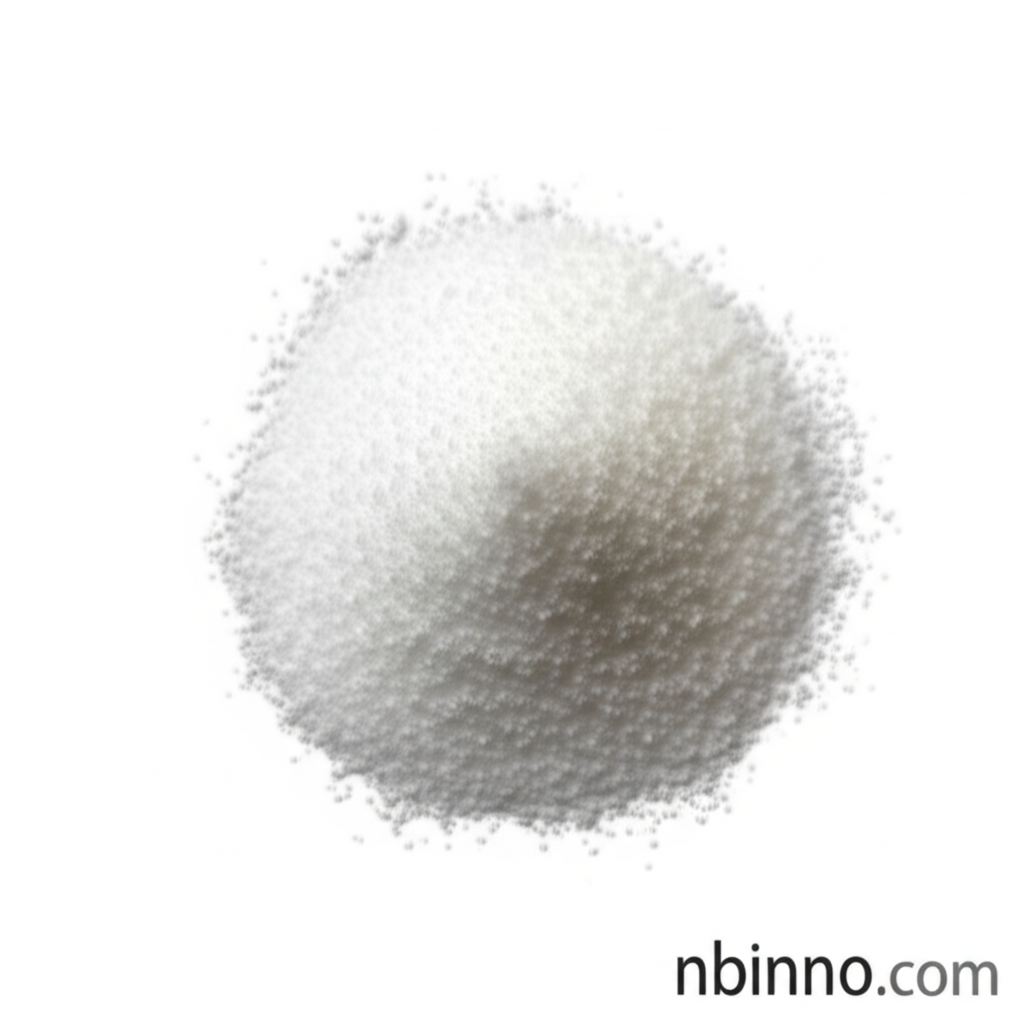Boc-(R)-3-Amino-3-(3-fluorophenyl)propionic Acid: A Key Building Block for Advanced Synthesis
Unlock new possibilities in drug discovery and peptide synthesis with this essential chiral intermediate.
Get a Quote & SampleProduct Core Value

(R)-3-Amino-3-(3-fluorophenyl)propionic acid, N-Boc protected
This highly versatile compound serves as a critical chiral building block in peptide synthesis and the development of novel pharmaceutical agents. Its unique structure, featuring both a Boc protecting group and a 3-fluorophenyl moiety, offers enhanced stability, solubility, and allows for the exploration of new therapeutic avenues, particularly in oncology and neurology.
- Discover the benefits of using chiral amino acid derivatives in your research for targeted drug development.
- Explore how Boc protecting groups enhance the stability and solubility of peptide synthesis reagents.
- Leverage this compound as a key intermediate for complex organic molecule synthesis in medicinal chemistry.
- Achieve reliable results in laboratory applications with high purity and consistent performance of pharmaceutical building blocks.
Advantages It Brings
Enhanced Molecular Design
The presence of the fluorophenyl group in this compound enables researchers to explore novel therapeutic agents with improved efficacy, contributing to advancements in medicinal chemistry.
Streamlined Synthesis Processes
As a valuable tool for complex organic molecule synthesis, its participation in various coupling reactions makes it a preferred choice for chemists aiming to create intricate molecular architectures.
Improved Bioactivity
The strategic placement of fluorine can lead to enhanced metabolic stability and bioactivity in derivative compounds, crucial for effective drug candidates in research.
Key Applications
Peptide Synthesis
Utilize this compound as a vital component for constructing peptides with specific functionalities, essential for peptide drug discovery.
Drug Development
Its unique structure makes it ideal for creating novel therapeutic agents targeting specific receptors, aiding in the treatment of diseases like cancer and neurological disorders.
Bioconjugation
Employ this compound in bioconjugation processes to attach drugs or imaging agents to proteins, thereby improving treatment delivery and effectiveness.
Fluorine Chemistry Research
Investigate fluorinated derivatives that offer enhanced metabolic stability and bioactivity compared to non-fluorinated counterparts, a key area in modern drug research.
